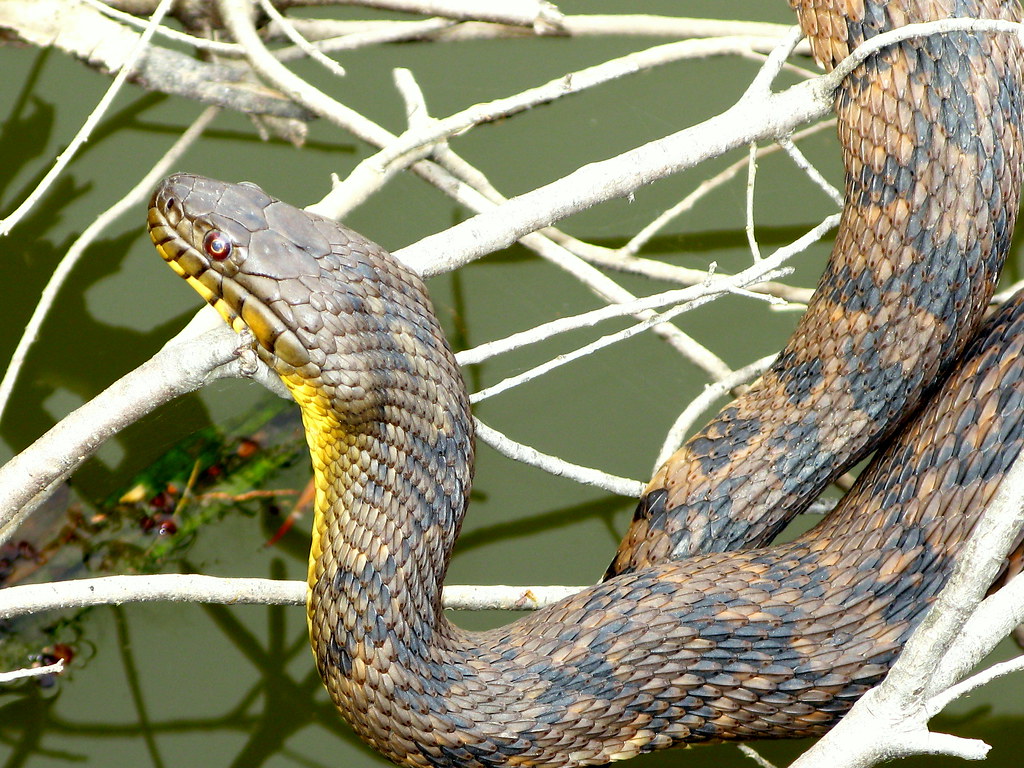The secretive world of snake parenting often goes unnoticed in the animal kingdom. While many people assume snakes abandon their eggs and offspring without a second thought, the reality is far more complex and fascinating. Non-venomous snakes, in particular, exhibit remarkable parenting behaviors that occur largely out of human sight—silent, methodical, and surprisingly tender in some species. From careful nest selection to protective vigilance, these reptiles employ various strategies to ensure their young survive in a world filled with predators. This article explores the diverse and often misunderstood parenting styles of non-venomous snakes across different families and habitats, revealing how these ancient creatures have perfected the art of raising young in silence.
The Myth of the Abandoning Snake Parent
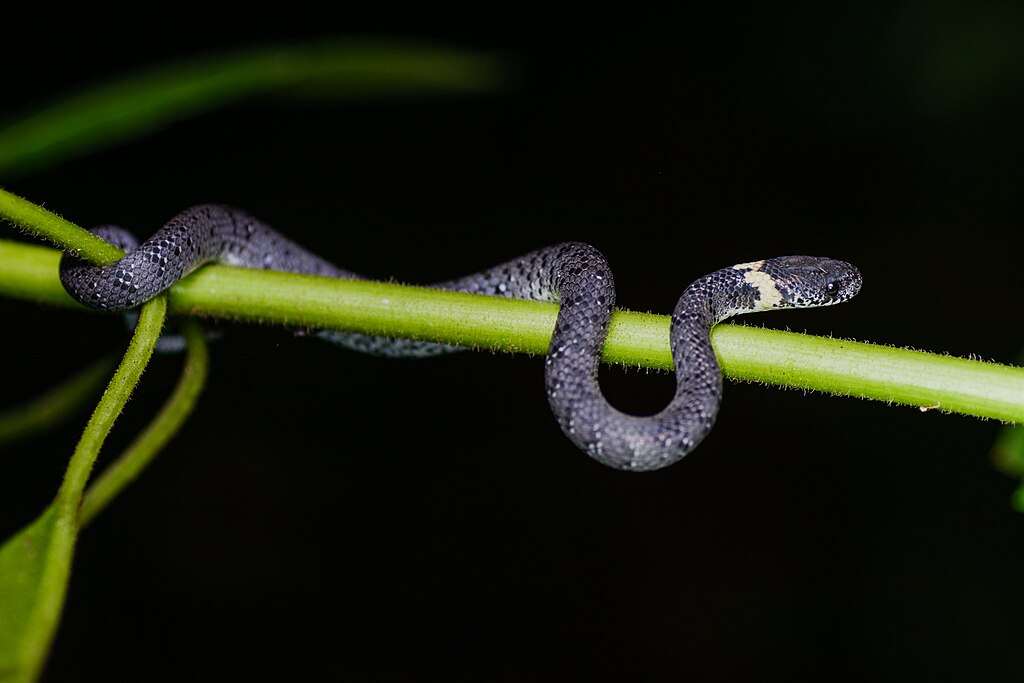
For decades, the common perception has been that snakes lay their eggs and immediately abandon their offspring to fend for themselves. This oversimplification has done a disservice to our understanding of snake parenting behaviors across different species. In reality, many non-venomous snake species exhibit varying degrees of parental care, from minimal to surprisingly extensive. Ball pythons, for example, will coil around their eggs for weeks, occasionally shivering to generate heat and maintain optimal incubation temperatures. This misconception stems largely from limited observation opportunities, as snake parenting occurs primarily in hidden locations like underground burrows, hollow logs, or dense vegetation. Understanding the true nature of snake parenting requires recognizing the diverse approaches employed by different species rather than applying a one-size-fits-all assumption.
Egg-Layers vs. Live-Bearers: Different Reproductive Strategies
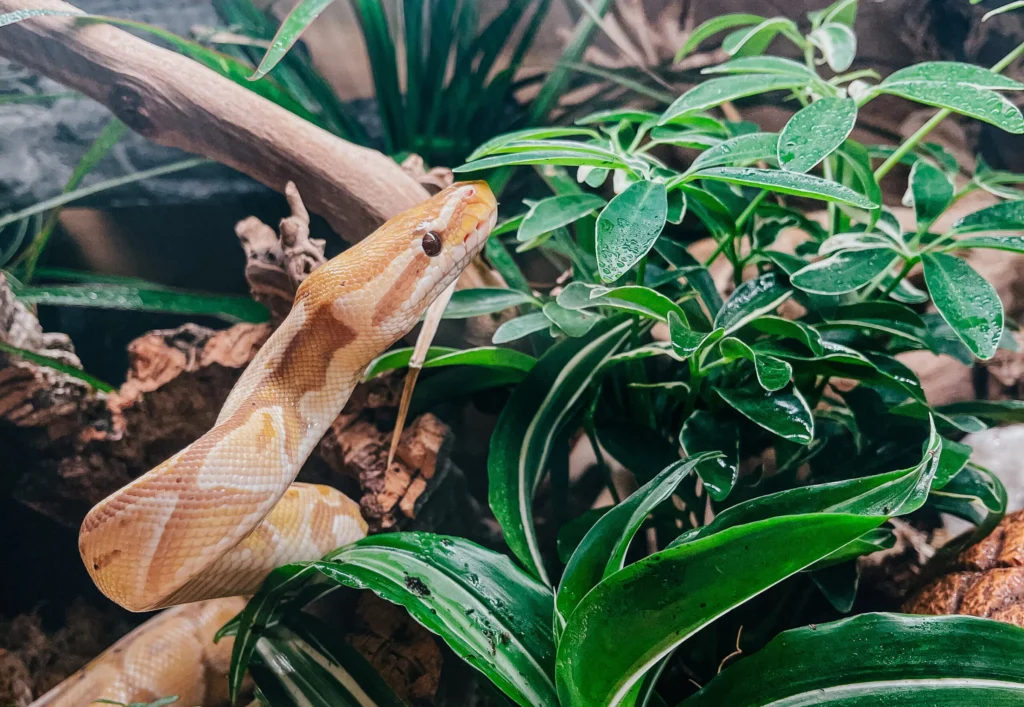
Non-venomous snakes employ two primary reproductive strategies that significantly influence their parenting approach: oviparous (egg-laying) and viviparous (live-bearing). Oviparous species like rat snakes, corn snakes, and most pythons lay eggs with leathery shells that develop externally. These snakes typically invest considerable energy in finding optimal nesting sites with ideal temperature and humidity conditions to support embryonic development. In contrast, viviparous species such as most boas, garter snakes, and water snakes retain developing embryos within their bodies, providing direct nourishment through a placenta-like structure until giving birth to fully-formed young. This reproductive divide creates fundamental differences in how these snakes approach parenting, with egg-layers often focusing on nest selection and sometimes egg-guarding, while live-bearers invest their parental energy during the internal development phase. Both strategies represent successful evolutionary adaptations to different environmental pressures and ecological niches.
The Silent Guardians: Python Parenting Behaviors
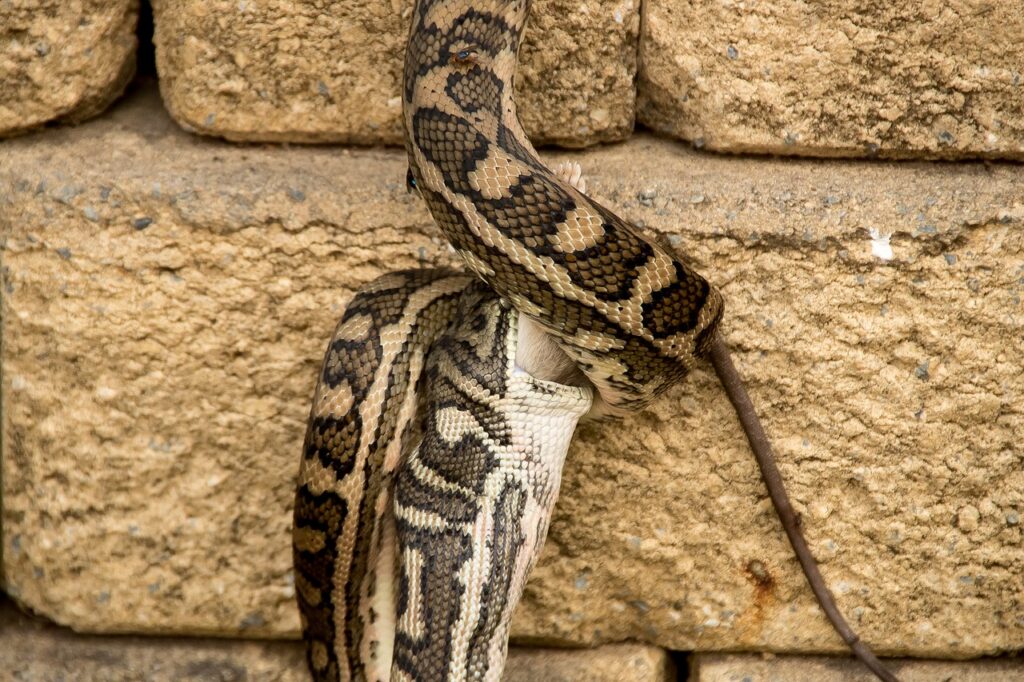
Among non-venomous snakes, pythons stand out as remarkably attentive parents, demonstrating some of the most developed parental behaviors in the reptile world. Female pythons coil tightly around their egg clutches for the entire incubation period, which can last between 60-90 days depending on the species. This protective embrace serves multiple purposes: defending eggs from predators, maintaining consistent temperature, and even generating heat through muscular contractions when environmental temperatures drop. Ball pythons have been observed increasing their body temperature by up to 7°F (4°C) through these muscular “shivering” contractions during incubation. Perhaps most remarkably, this intensive parenting comes at a significant cost, as the mother python typically fasts during the entire incubation period, potentially losing up to 30% of her body weight while protecting her offspring. Once hatching occurs, the maternal duty ends, and the young snakes disperse to begin their independent lives.
Nest Site Selection: The First Act of Parenting
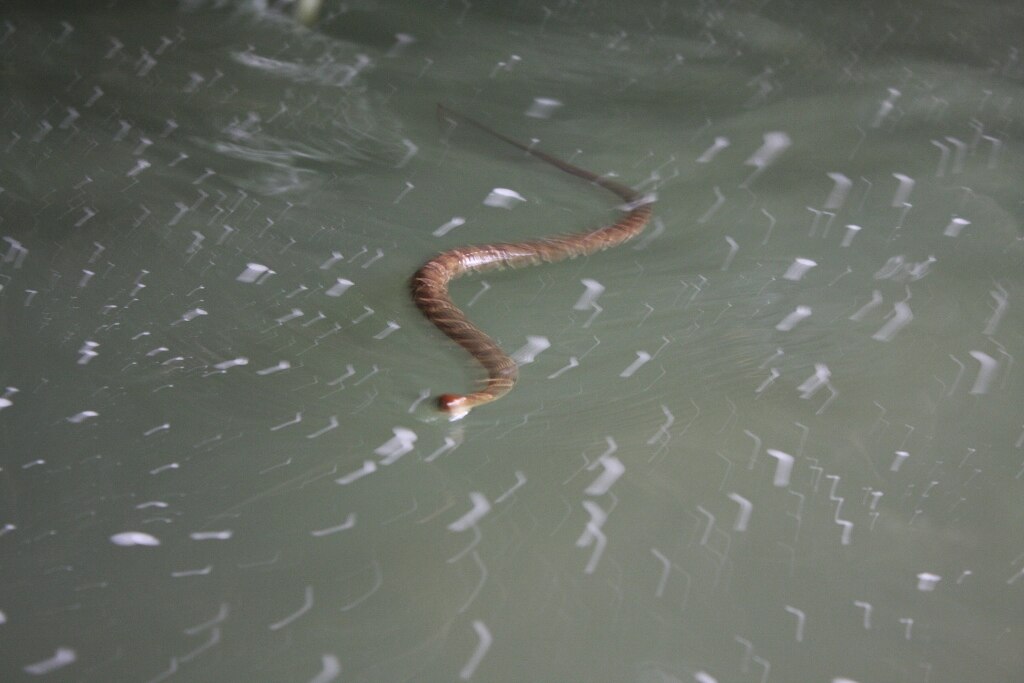
For egg-laying non-venomous snakes, the first and perhaps most critical parenting decision involves selecting an appropriate nesting site. Female snakes invest considerable time and energy searching for locations that provide optimal temperature, humidity, protection from predators, and environmental stability. Many species, including king snakes and rat snakes, seek out decomposing vegetation or rotting logs where bacterial decomposition generates heat that helps incubate their eggs. Others, like some African egg-eating snakes, may utilize abandoned termite mounds or rodent burrows that offer consistent temperatures and protection. This selection process can take days as the female snake methodically evaluates different locations, sometimes traveling significant distances from her typical range to find ideal conditions. The success of this selection directly impacts egg viability and hatchling survival rates, making it perhaps the most consequential parenting behavior for many species.
Communal Nesting: Strength in Numbers
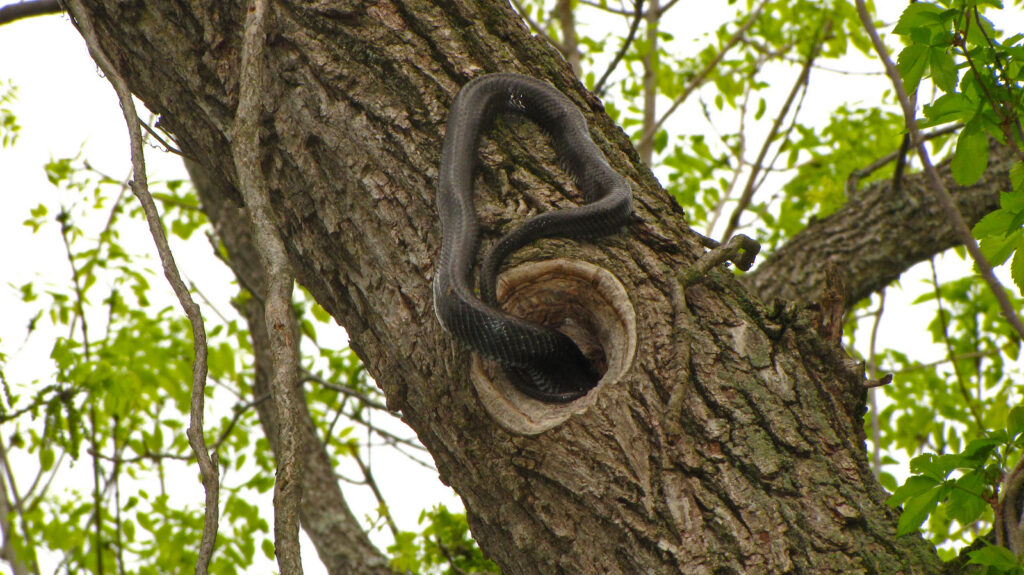
Some non-venomous snake species have evolved a fascinating cooperative approach to reproduction through communal nesting behaviors. Species like garter snakes, rat snakes, and certain pythons may share nesting sites, with multiple females depositing their eggs in the same location. These communal nests can contain dozens or even hundreds of eggs from numerous mothers, creating an inadvertent form of group protection. In northern regions, this behavior appears particularly advantageous, as it allows eggs to benefit from the collective heat generated by decomposition and the thermal mass of the egg cluster itself. Research suggests that eggs in communal nests may experience more stable temperatures and potentially lower predation rates, as the sheer number of eggs ensures some will survive even if predators discover the nest. Interestingly, this behavior doesn’t necessarily indicate social bonding between the mothers, who typically deposit their eggs and depart, but rather represents a convergent selection of optimal nesting sites.
The Minimalist Approach: Brief Contact Parenting
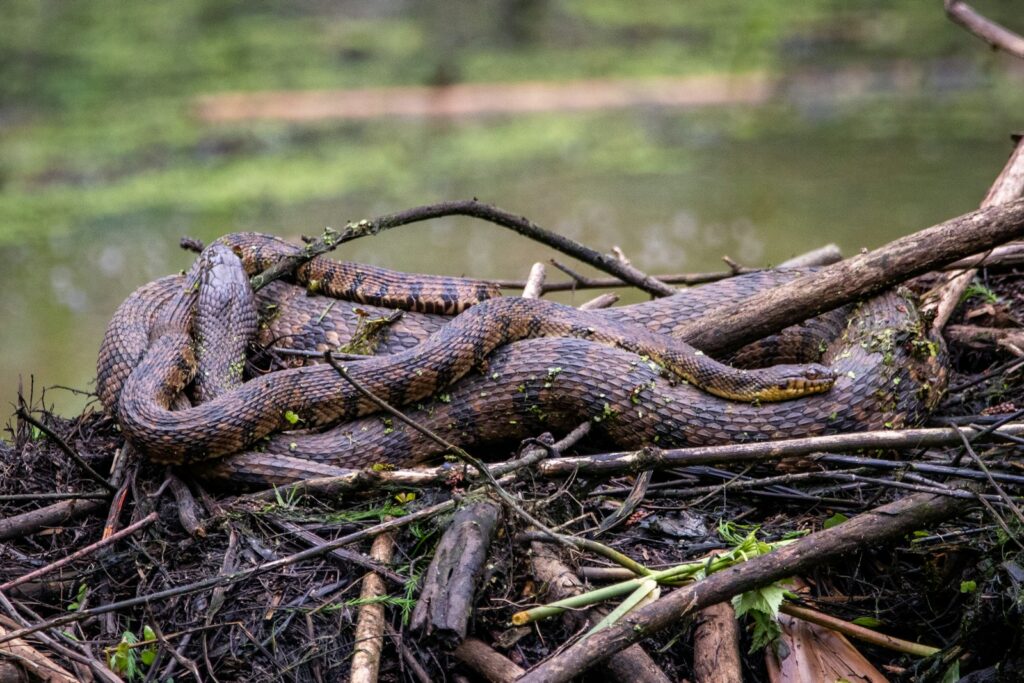
Many non-venomous snake species, particularly colubrids like corn snakes, king snakes, and hognose snakes, employ what might be called a “minimalist” approach to parenting. These species invest significant energy in producing eggs with substantial yolk reserves and selecting optimal nesting sites, but typically depart shortly after egg deposition. This strategy isn’t necessarily negligent but rather an adaptation to their ecological niche and predation pressures. By leaving the nest site, the mother avoids attracting predators to her offspring through her own presence and movements. Additionally, these species often produce relatively large clutches of 10-30 eggs, employing a reproductive strategy that favors quantity over extended parental investment. The hatchlings emerge fully equipped with innate hunting abilities and defensive behaviors, requiring no parental training to survive. This approach has proven remarkably successful, as evidenced by the widespread distribution and abundance of these snake families across various habitats.
Live-Bearing Strategies: Internal Protection
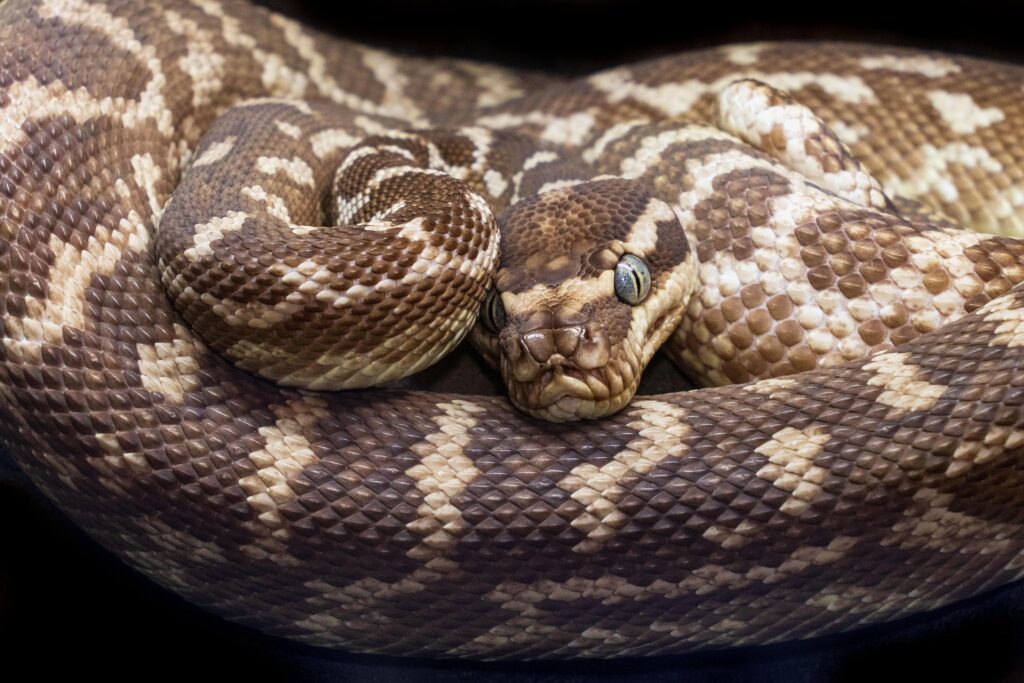
Viviparous (live-bearing) non-venomous snakes like garter snakes, water snakes, and boas employ a fundamentally different parenting approach by retaining developing young inside their bodies. This strategy provides the ultimate form of protection during the most vulnerable developmental stages, sheltering embryos from predators, temperature fluctuations, and environmental threats. The mother’s body serves as a mobile, temperature-regulated incubator, allowing her to bask or seek shade as needed to maintain optimal developmental conditions. Additionally, some species provide direct nourishment to developing embryos through specialized placenta-like structures, transferring nutrients and oxygen while removing wastes. This internal development period represents a significant parental investment, as the gravid female must continue finding food while carrying the increasingly heavy burden of developing young. When finally born, the fully-formed neonates emerge ready for independent life, having benefited from months of maternal protection during their most vulnerable stage.
The Remarkable Case of Boa Constrictors

Boa constrictors exemplify some of the most advanced reproductive strategies among non-venomous snakes, combining live birth with fascinating physiological adaptations to support their offspring. Female boas are ovoviviparous, meaning they retain eggs within their bodies until the young fully develop and emerge as live neonates. Research has revealed that pregnant female boas can selectively direct blood flow to maintain ideal temperatures for their developing embryos, essentially creating localized “warm zones” within their bodies even when external temperatures fluctuate. A single female boa can produce between 10-65 live young in a single birth event, with each neonate measuring approximately 15-20 inches long. Perhaps most interestingly, some studies suggest that female boas may adjust their basking behavior based on the developmental needs of their embryos, spending more time in warm locations when the young require higher temperatures for optimal development. Once born, the young boas receive no further parental care but emerge fully equipped for independent survival.
Defense of Young: Rare But Remarkable
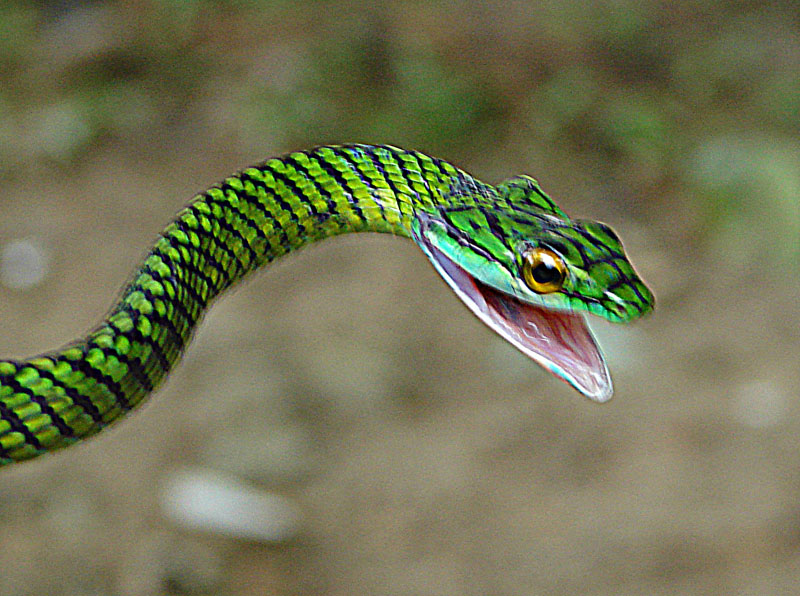
While direct defense of offspring is uncommon among non-venomous snakes, several noteworthy exceptions demonstrate that some species will actively protect their young when threatened. King cobras (which despite their name are actually elapids, not true cobras) are perhaps the most famous example, with females constructing nests and remaining nearby to guard eggs until hatching. Among true non-venomous species, certain pythons may exhibit aggressive defensive behaviors when their egg clutches are threatened, including striking at potential predators while maintaining their coiled position around the eggs. Female African rock pythons have been documented remaining with their hatchlings for up to two weeks after emergence, potentially providing some protection during this vulnerable period. These defensive behaviors represent significant evolutionary investments, as they increase the mother’s exposure to predators and extend her fasting period. Such behaviors highlight the diversity of parenting strategies that have evolved across different snake lineages in response to specific ecological pressures.
The Energy Economics of Snake Parenting
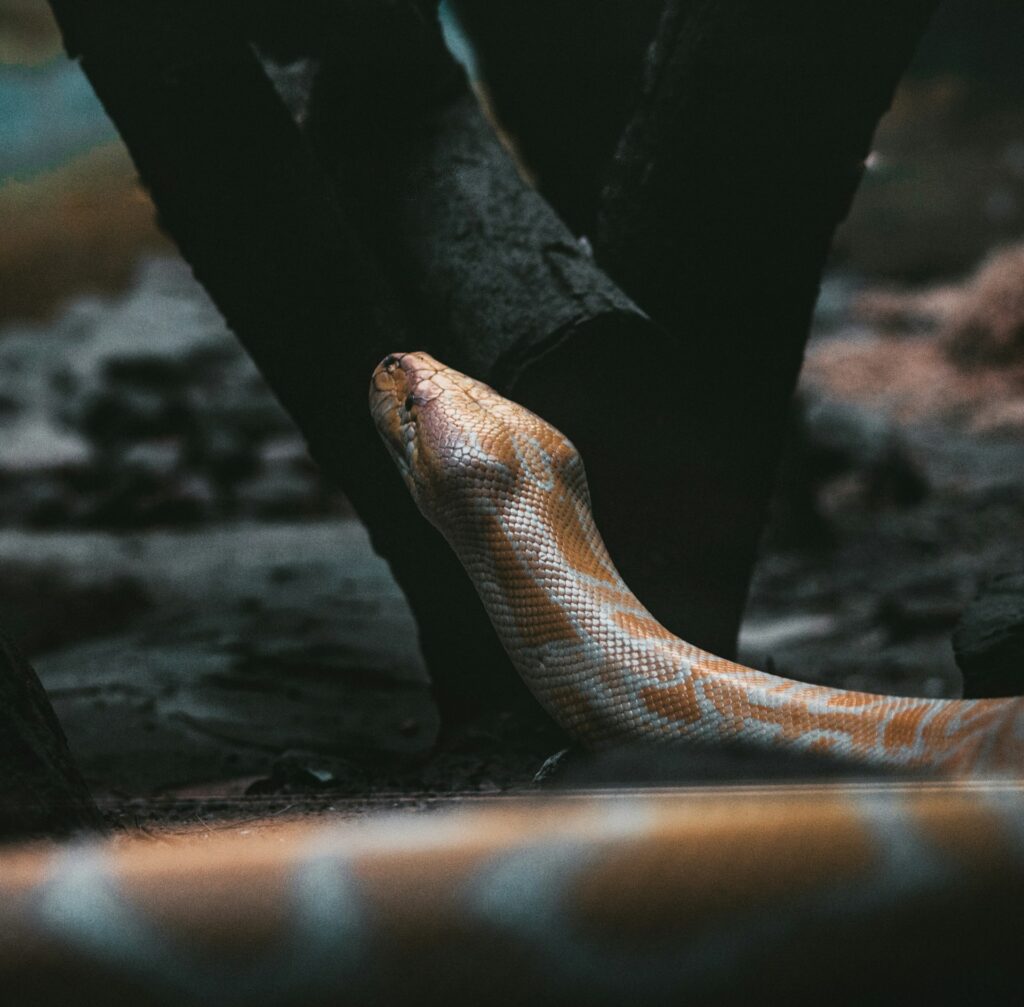
Snake parenting strategies can be understood through the lens of energy economics, with each species evolving reproductive approaches that balance energy investment against survival outcomes. Female pythons that guard their eggs for months without feeding make an enormous metabolic investment, sometimes losing up to a third of their body weight during incubation. This strategy makes evolutionary sense only because it significantly increases offspring survival rates in their particular ecological niche. Conversely, many colubrid snakes invest heavily in egg production but minimize post-laying parental care, conserving energy for future reproductive efforts while producing numerous offspring to offset inevitable losses. Live-bearing species like boas make perhaps the most significant energy investment by carrying developing young for months, limiting their mobility and hunting efficiency. Each strategy represents a successful adaptation to specific environmental pressures, predation risks, and habitat characteristics. These varied approaches highlight how natural selection has shaped reproductive strategies to maximize reproductive success under different ecological constraints.
Silent Communication Between Mother and Offspring
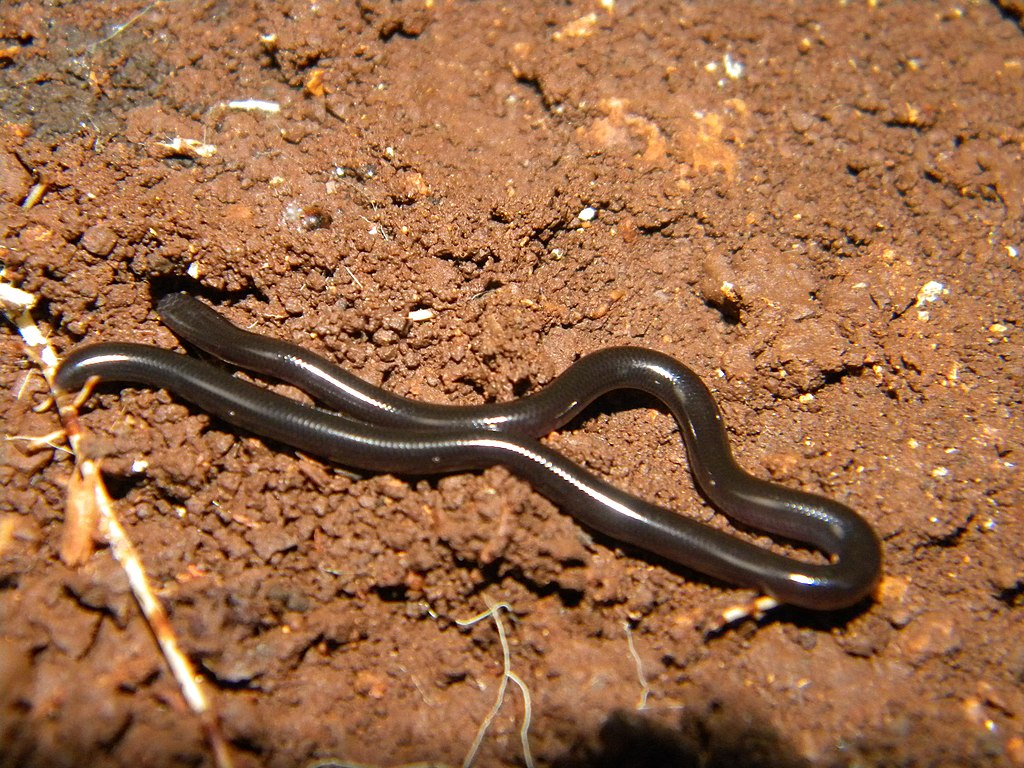
While snake parenting occurs largely without vocalizations, fascinating research suggests that subtle forms of communication may exist between mothers and offspring in some species. Chemical communication appears particularly important, with studies indicating that mother pythons can recognize the scent of their own eggs and that hatchlings may detect and respond to maternal pheromones. In live-bearing species, emerging evidence suggests that embryos may detect and respond to the mother’s stress hormones, potentially preparing them for environmental conditions they’ll face after birth. Some researchers have even observed synchronized hatching in certain egg-laying species, where eggs that could hatch over a period of days appear to coordinate their emergence, possibly through vibrations or chemical signals. These subtle forms of communication represent an emerging area of herpetological research that challenges our understanding of reptile cognition and parent-offspring relationships. Though largely imperceptible to human observers, these silent signals may play crucial roles in snake reproductive success.
Environmental Threats to Snake Parenting
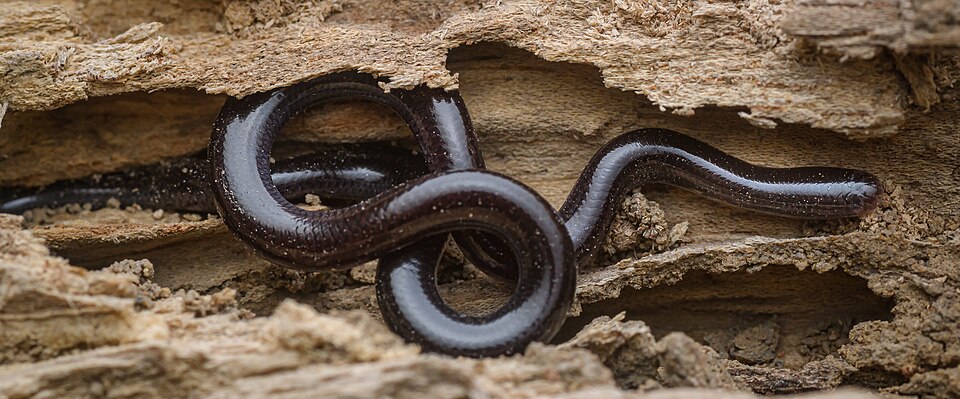
Modern environmental challenges pose significant threats to the delicate parenting strategies that non-venomous snakes have evolved over millions of years. Habitat fragmentation increasingly restricts female snakes’ ability to reach traditional nesting sites, forcing them to select suboptimal locations that may reduce hatching success. Climate change presents perhaps the most serious threat to many species, particularly those with temperature-dependent sex determination, where nest temperatures influence the sex ratio of hatchlings. Rising temperatures could skew sex ratios dramatically, potentially creating population-level reproductive issues. Additionally, increased frequency of extreme weather events like floods and droughts can destroy nesting sites or create lethal temperature conditions for developing eggs. Human disturbance, including agricultural activities and development, frequently disrupts nesting areas and exposes eggs to predators. Conservation efforts must consider these reproductive vulnerabilities when developing protection strategies for non-venomous snake species, as even well-established parenting adaptations may prove insufficient against rapidly changing environmental conditions.
Captive Breeding Insights: What We’ve Learned
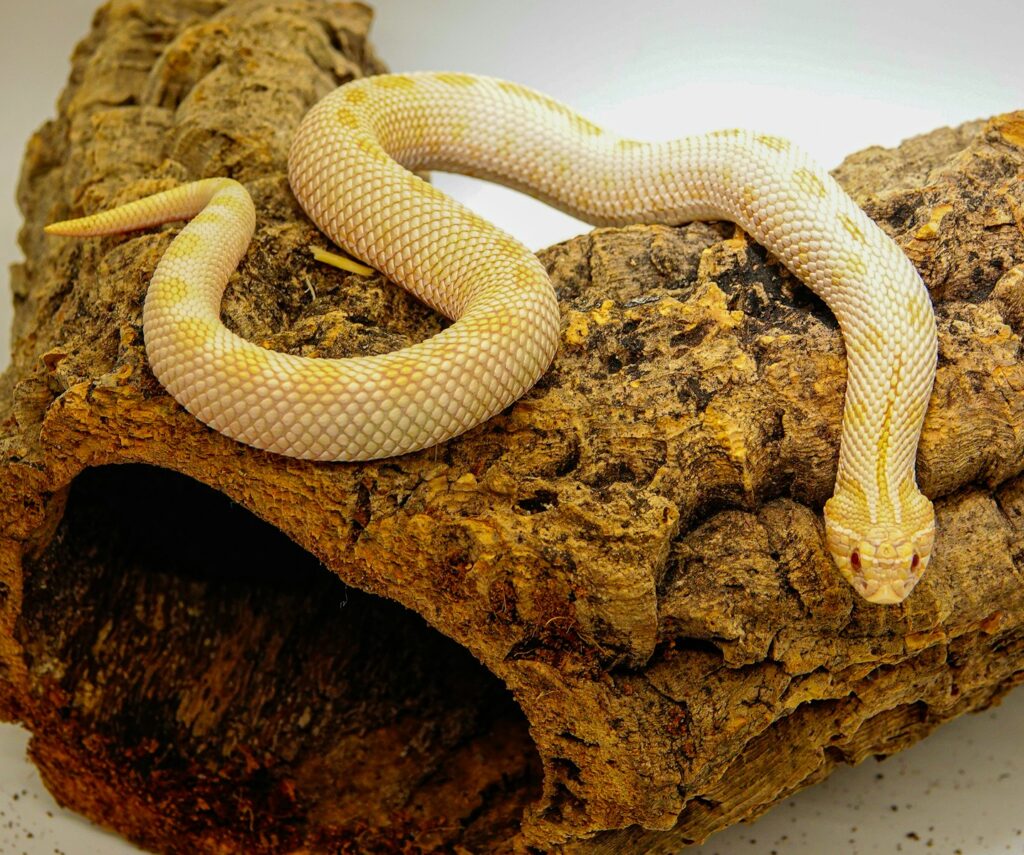
Captive breeding programs have provided valuable insights into the parenting behaviors of non-venomous snakes that would be difficult to observe in the wild. Professional breeders have documented the precise temperature and humidity requirements for successful incubation across hundreds of species, revealing the narrow environmental parameters that female snakes select for in natural nesting sites. Observations of maternal behaviors in controlled settings have confirmed that some python species will abandon egg-guarding if stressed or disturbed too frequently, suggesting that human recreational activities near nesting sites could impact reproductive success in wild populations. Captive breeding has also revealed surprising adaptability in some species, with mothers adjusting their egg-guarding behaviors based on environmental conditions. For example, ball pythons may guard eggs more attentively when ambient temperatures fluctuate compared to when temperatures remain stable. These insights not only improve captive breeding success but also enhance our understanding of wild snake behavior and inform conservation strategies for vulnerable species.
In the quiet corners of forests, burrows, and rocky crevices, non-venomous snakes continue their ancient parenting practices largely unseen by human eyes. From the devoted python mother who fasts for months while embracing her eggs to the selective nest-hunting behaviors of colubrids, these reptiles employ diverse strategies to ensure their genetic legacy continues. Their parenting methods—economical, efficient, and adapted to specific ecological niches—remind us that nature has many paths to reproductive success. As our understanding of these silent parents grows, we gain not only scientific knowledge but also a deeper appreciation for the complex behaviors that occur beyond human observation. In their silent, methodical approach to raising young, non-venomous snakes demonstrate that parental care extends far beyond the vocal, visible behaviors we typically associate with animal parenting, revealing yet another dimension of the natural world’s quiet complexity.

